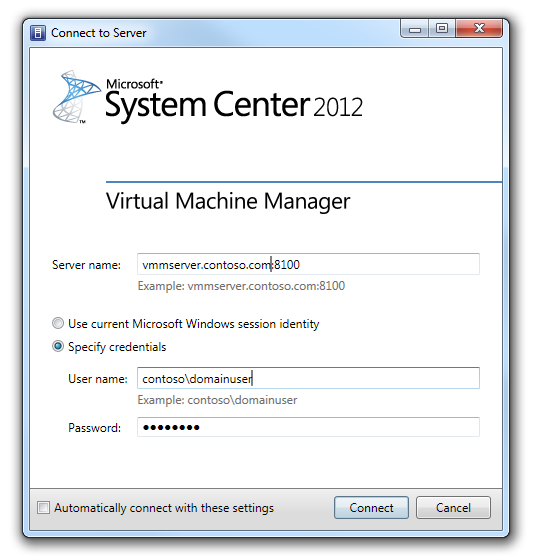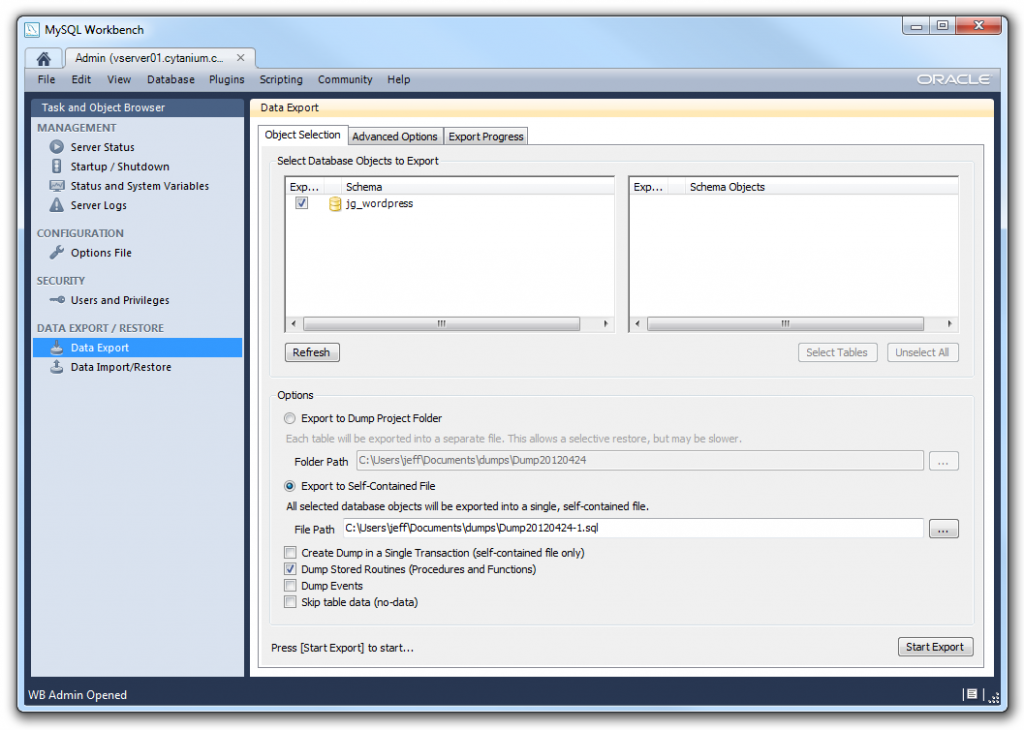We’re putting together webfarms all the time at OrcsWeb, and one of the cardinal rules with webfarms is that all systems need to have matching settings. To help automate this process, I put together a quick Powershell script that will read/write the machine key to the root machine.config files for all versions of the .NET framework.
# Machine Key Script # # Version 1.0 # 6/5/2012 # # Jeff Graves # param ($readWrite = "read", $allkeys = $true, $version, $validationKey, $decryptionkey, $validation) function GenKey ([int] $keylen) { $buff = new-object "System.Byte[]" $keylen $rnd = new-object System.Security.Cryptography.RNGCryptoServiceProvider $rnd.GetBytes($buff) $result ="" for($i=0; $i -lt $keylen; $i++) { $result += [System.String]::Format("{0:X2}",$buff[$i]) } $result } function SetKey ([string] $version, [string] $validationKey, [string] $decryptionKey, [string] $validation) { write-host "Setting machineKey for $version" $currentDate = (get-date).tostring("mm_dd_yyyy-hh_mm_s") # month_day_year - hours_mins_seconds $machineConfig = $netfx[$version] if (Test-Path $machineConfig) { $xml = [xml](get-content $machineConfig) $xml.Save($machineConfig + "_$currentDate") $root = $xml.get_DocumentElement() $system_web = $root."system.web" if ($system_web.machineKey -eq $nul) { $machineKey = $xml.CreateElement("machineKey") $a = $system_web.AppendChild($machineKey) } $system_web.SelectSingleNode("machineKey").SetAttribute("validationKey","$validationKey") $system_web.SelectSingleNode("machineKey").SetAttribute("decryptionKey","$decryptionKey") $system_web.SelectSingleNode("machineKey").SetAttribute("validation","$validation") $a = $xml.Save($machineConfig) } else { write-host "$version is not installed on this machine" -fore yellow } } function GetKey ([string] $version) { write-host "Getting machineKey for $version" $machineConfig = $netfx[$version] if (Test-Path $machineConfig) { $machineConfig = $netfx.Get_Item($version) $xml = [xml](get-content $machineConfig) $root = $xml.get_DocumentElement() $system_web = $root."system.web" if ($system_web.machineKey -eq $nul) { write-host "machineKey is null for $version" -fore red } else { write-host "Validation Key: $($system_web.SelectSingleNode("machineKey").GetAttribute("validationKey"))" -fore green write-host "Decryption Key: $($system_web.SelectSingleNode("machineKey").GetAttribute("decryptionKey"))" -fore green write-host "Validation: $($system_web.SelectSingleNode("machineKey").GetAttribute("validation"))" -fore green } } else { write-host "$version is not installed on this machine" -fore yellow } } $global:netfx = @{"1.1x86" = "C:\WINDOWS\Microsoft.NET\Framework\v1.1.4322\CONFIG\machine.config"; ` "2.0x86" = "C:\WINDOWS\Microsoft.NET\Framework\v2.0.50727\CONFIG\machine.config"; ` "4.0x86" = "C:\WINDOWS\Microsoft.NET\Framework\v4.0.30319\CONFIG\machine.config"; ` "2.0x64" = "C:\WINDOWS\Microsoft.NET\Framework64\v2.0.50727\CONFIG\machine.config"; ` "4.0x64" = "C:\WINDOWS\Microsoft.NET\Framework64\v4.0.30319\CONFIG\machine.config"} if(!$allkeys) { while(!$version) { $input = read-host "Version (1.1x86, 2.0x86, 4.0x86, 2.0x64, 4.0x64)" if ($netfx.ContainsKey($input)) { $version = $input } } } if ($readWrite -eq "read") { if($allkeys) { foreach ($key in $netfx.Keys) { GetKey -version $key } } else { GetKey -version $version } } elseif ($readWrite -eq "write") { if (!$validationkey) { $validationkey = GenKey -keylen 64 write-host "Validation Key: $validationKey" -fore green } if (!$decryptionkey) { $decryptionKey = GenKey -keylen 24 write-host "Decryption Key: $decryptionKey" -fore green } if (!$validation) { $validation = "SHA1" write-host "Validation: $validation" -fore green } if($allkeys) { foreach ($key in $netfx.Keys) { SetKey -version $key -validationkey $validationkey -decryptionKey $decryptionKey -validation $validation} } else { SetKey -version $version -validationkey $validationkey -decryptionKey $decryptionKey -validation $validation } } |




















